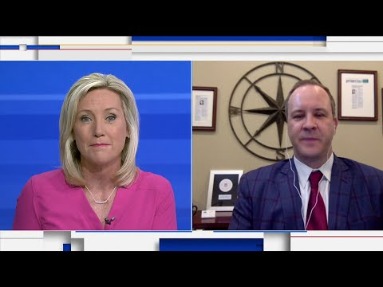Content

A company that is planning to expand may decide to purchase a number of fixed assets. This would be a way of investing in the long-term future of their business. Property, plant, and equipment (PP&E) are the long-term, tangible assets that a company owns. PP&E, which includes trucks, machinery, factories, and land, allows a company to conduct and grow its business. Most fixed assets, outside of land, have to repaired and maintained. That doesn’t affect net property, plant and equipment – repairs and maintenance are regular expenses, not capital expenses.
- Stewardship reporting for Federal mission PP&E includes the end-of-year value and the value added and withdrawn during the year.
- In industries that tend to be considered capital intensive, there is a significant amount of these fixed assets.
- Property, plant, and equipment (PP&E) are a company’s physical assets that have a lifespan longer than one year and are not easily converted into cash.
- Residual ValueResidual value is the estimated scrap value of an asset at the end of its lease or useful life, also known as the salvage value.
- At 1 April 20X1, HD Co carried its office building in its financial statements at its original cost of $2 million less accumulated depreciation of $400,000 .
- Examples of PP&E include land, offices, warehouses, factories, machinery, and vehicles.
Most often, a Property, Plant And Equipment Pp&e does not make a profit through selling them, regardless of the circumstance. This was calculated by taking $3,000,000 + $2,000,000 – $1,200,000 – $130,000. In July 2021, Company X owned PP&E machinery with a gross value of $3,000,000.
Derecognition (retirements and disposals)
These are shown on a https://intuit-payroll.org/’s balance sheet and then depreciated over time. Property, plant, and equipment (PP&E) are fixed assets that depreciate over time and cannot be easily converted to cash. Net PP&E is the total value of all buildings, land, furniture, and other physical assets that a business owns. By totaling up all of these assets, you can find the Net PP&E of the business. The term “Net” essentially means that it is the total of the accumulated depreciation expenses. Also known as fixed assets, PP&E are essentially long-term physical assets. In industries that tend to be considered capital intensive, there is a significant amount of these fixed assets.
Suppose a company’s PP&E balance at the beginning of Year 0 is $145 million. Depreciation also helps spread the asset’s cost out over a number of years allowing the company to earn revenue from the asset. Full BioAmy is an ACA and the CEO and founder of OnPoint Learning, a financial training company delivering training to financial professionals. She has nearly two decades of experience in the financial industry and as a financial instructor for industry professionals and individuals. Calculate the annual depreciation charge for the property for the year ended 31 March 20X2.
Property, Plant and Equipment (PP&E)
Like all roll-forward schedules in the financial models, we’ll link the beginning PP&E balance in Year 1 to the ending balance in Year 0. Level up your career with the world’s most recognized private equity investing program. Depreciable property is an asset that is eligible for depreciation treatment in accordance with IRS rules.
- ; no matter which way one accounts for the cost, it is not apt to bear on anyone’s decision-making process about the company.
- They are given prominence by a line item on the statement of net cost with a note reference in lieu of a dollar amount.
- These assets can span a wide range of different things that a business needs to operate or assets that are purchased for investment purposes.
- Property, plant, and equipment (PP&E) includes tangible items that are expected to be used in more than one reporting period and that are used in production, for rental, or for administration.
- Items grouped within a class are typically depreciated using a common depreciation calculation.
- If this were to happen the carrying amount would need to be found at the date of revaluation, and therefore the asset would be depreciated based on the original depreciation for the period up until revaluation.
For instance, an automobile company will likely have a much higher balance than a technology company. For example, the company could be weakened by overspending on PP&E, stretching its finances too thin and then being vulnerable to increasing interest rates, etc. However, all three have an impact on the financial standing of the company. The amount and importance of PP&E vary by industry, with capital-intensive industries having high PP&E representing a higher proportion of their value .
Projects
It was estimated that the asset had a residual value of $20,000 and a useful life of 10 years at this date. On 1 April 20X2, the residual value was reassessed as being only $15,000 and the remaining useful life was considered to be only five years. In addition to the above information, Yucca Co was granted a trade discount of 10% on the initial list price of the machine and a settlement discount of 5% if payment was received within one month of purchase.

Deferred maintenance is maintenance that was not performed when it should have been performed or was scheduled to be performed and, as a result, is delayed until a future period. FASAB believes that deferred maintenance is a cost but that it cannot be measured well enough to be recognized in the basic financial statements.
